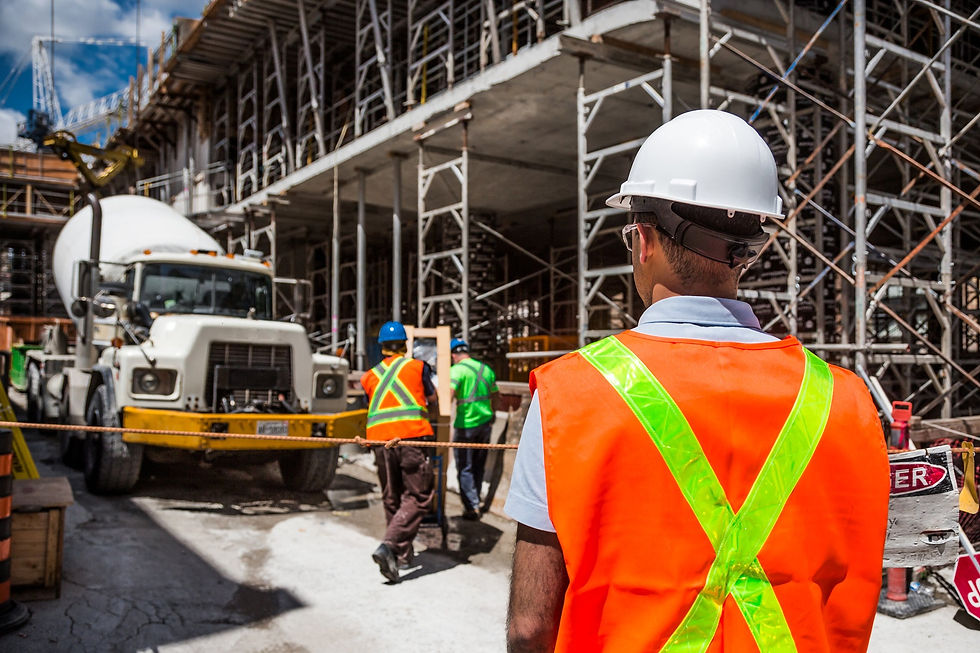
Özlem Academy Education Consultancy Inc.
CONTACT US FOR YOUR QUESTIONS
Address : Tatlısu Mah. Pakdil Sok. PERSPECTIVE Plaza No:5 Floor:1 Flat:3, Şerifali Cd., 34774 Umraniye/Istanbul
Tel Office: +90 (216) 594 55 25
Mobile: +90 (533) 380 83 72

Our services
RELIABILITY CENTERED MAINTENANCE
- RCM
SERVICE
With our expert team, we provide consultancy services on the establishment and analysis of Reliability Centered Maintenance - RCM processes.
Reliability Centered Maintenance (RCM) is a process that ensures maintenance tasks are performed efficiently, cost-effectively, reliably and safely.
RCM is a customized process used for each asset management (RAMS) with key component parts and a unique approach focused on availability and unique threats.
RELIABILITY CENTERED MAINTENANCE SERVICE (RCM)
We Optimize Your RCM Processes in the Best Way. !...
What is Reliability?
The general definition of reliability is the probability that a component will perform the desired function under specified conditions within a certain time period. Reliability analysis is simply the analysis of the failure rates of parts and units of a system. There are general models used in these analyses.
What is Reliability Centered Maintenance (RCM)?
Reliability Centered Maintenance (RCM) is a process that ensures maintenance tasks are performed efficiently, cost-effectively, reliably and safely.
Reliability-centered maintenance takes a little more time to implement initially. Reliability-centered maintenance is often confused with preventive maintenance; but there is an important difference: preventive maintenance is not selective like RCM, making it less efficient. Reliability-centered maintenance, when implemented correctly, reduces inefficiency by carefully looking at each asset before assigning maintenance tasks.
Similarly, an effective RCM program is one that documents the entire process throughout the system, equipment, or component lifecycle for each asset in the facility. The purpose of RCM is to ensure that maintenance and inspection tasks are focused on improving the reliability and safety of the equipment.
Reliability Estimation Standards:
-
MIL-HBDK-217F
-
-
It offers part tension and parts counting methods. Defining the error rate for customized connection formats is explained. It provides models for calculating non-operational error rates based on RADC-TR-85-91.
-
Bellcore/Telcordia
-
Telcordia SR-332 Issue 1-3
-
Bellcore TL-332 Issue 6
-
FIDES
-
NSWC (Mechanical) 2007 and 2011
Derating Standards:
-
NAVSEA-TE000-EU-GTP-010
-
MIL-STD-975M
-
MIL-STD-1547A
-
Naval Air System Command AS-4613
-
ECSS-Q-30-11-A
Models in these standards provide us with the necessary procedures for calculating the error rates of parts.
RCM (Reliability Centered Maintenance) Maintenance Strategy:
Efficient and effective maintenance plans can be created by using the Reliability Centered Maintenance (RCM) analysis method. Reliability-centered maintenance (RCM) is a method for defining the safety and availability considerations required for all types of equipment and the principles that should be applied to manage failures to ensure efficient and effective operation of the equipment. RCM is a proven and accepted method used widely in industry.
RCM provides a decision process for determining appropriate and effective preventive maintenance requirements for equipment in accordance with the safety, operational and economic consequences of identifiable faults and the degradation mechanism for which these faults are responsible. RCM analysis is a type of analysis performed regarding the operational changes of the equipment throughout its life cycle as well as the need to perform other actions or maintenance tasks.
Please visit our BLOG page for more information.

RISK ASSESSMENT OBLIGATION
Occupational Health and Safety Law No. 6331 and our new legislation prepared in parallel; It envisages the determination of hazards, prevention of hazards, controlling risks, in short, establishing an occupational health and safety management system that takes into account hazards, evaluates risks, and takes necessary precautions in workplaces.
According to Article 4 of the Law, employers are obliged to ensure the occupational health and safety of their employees, and within this framework, they make or have a risk assessment done. Again, in the second paragraph of the 6th article of the Occupational Health and Safety Risk Assessment Regulation, “The employer may receive services from people and organizations outside the workplace to support this team when needed.” says.









